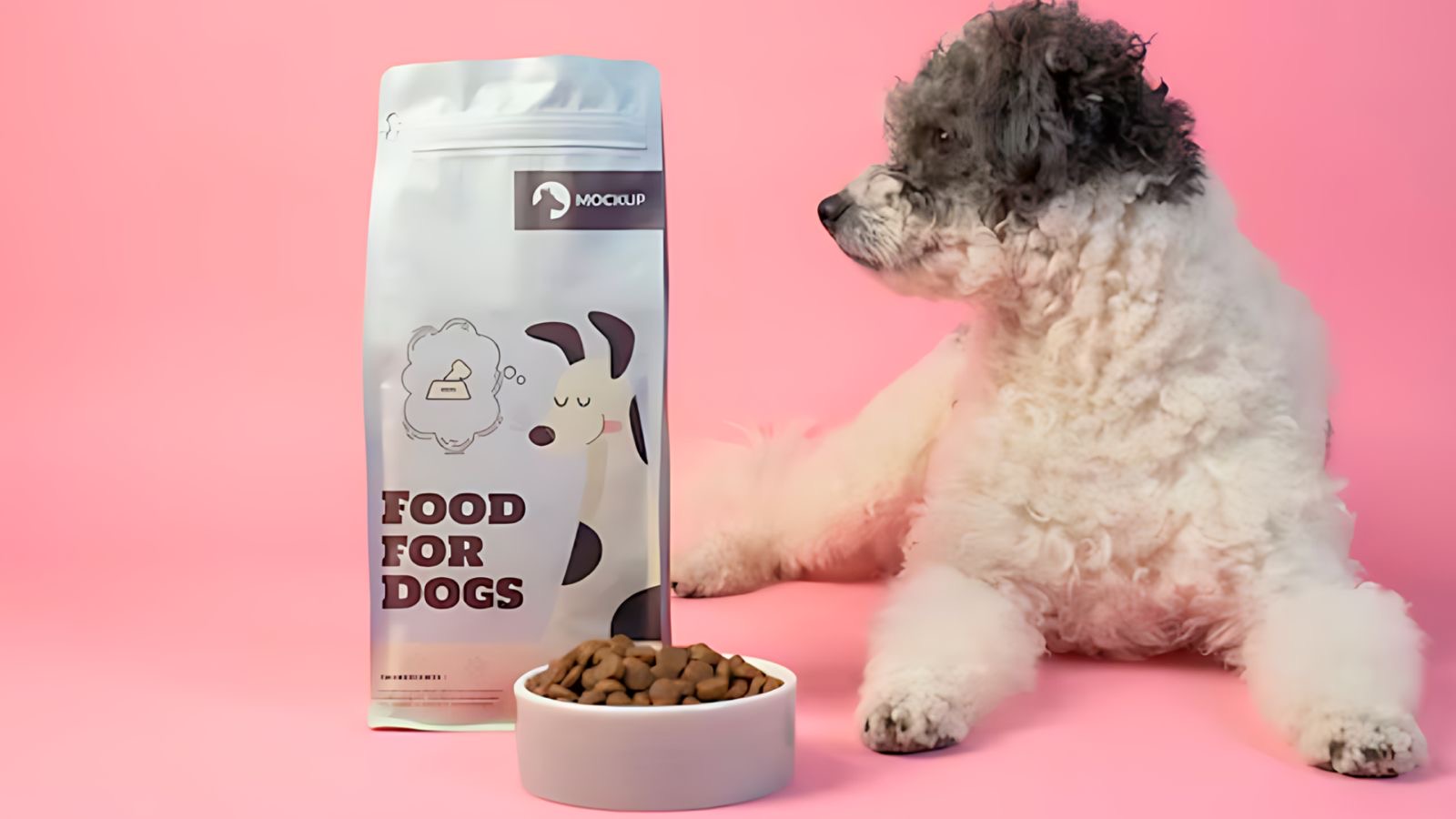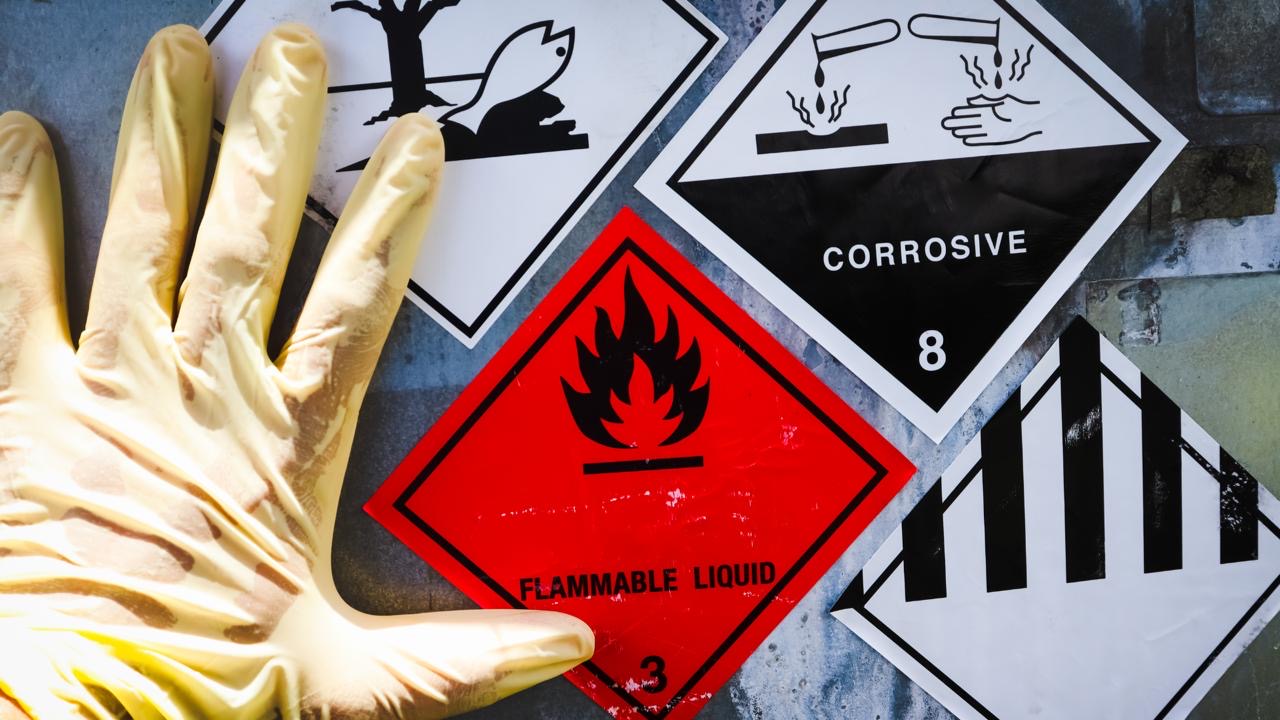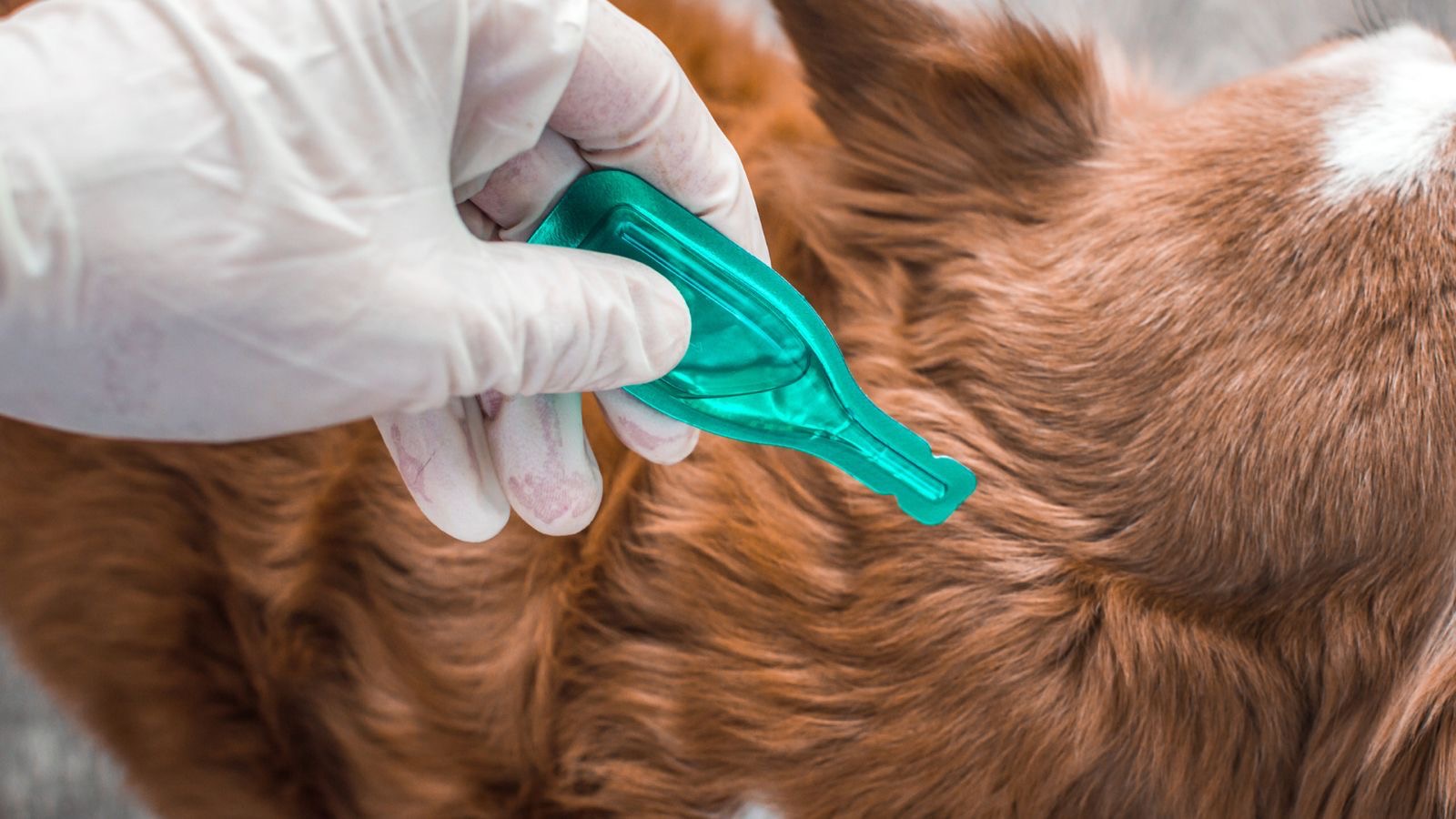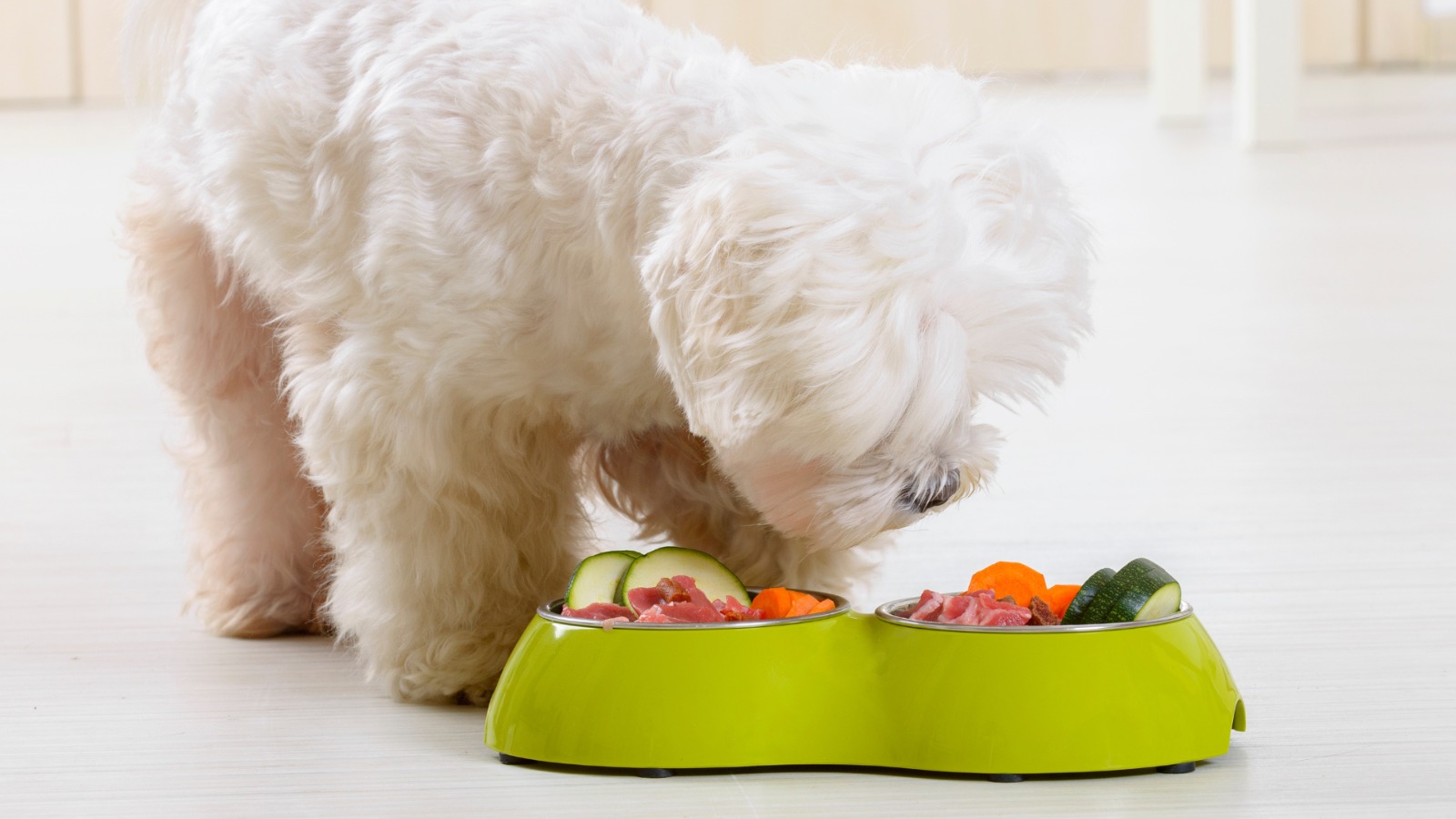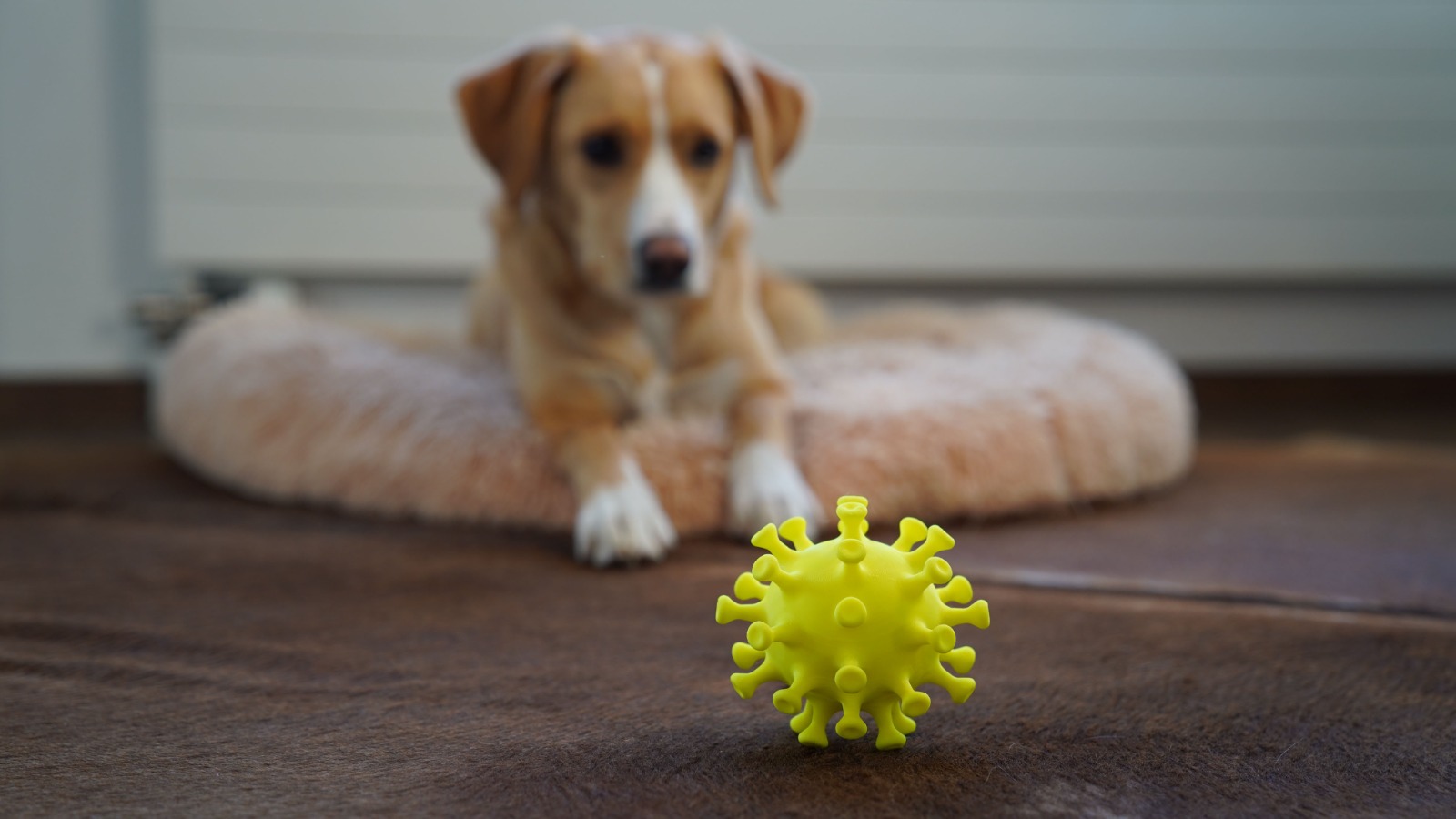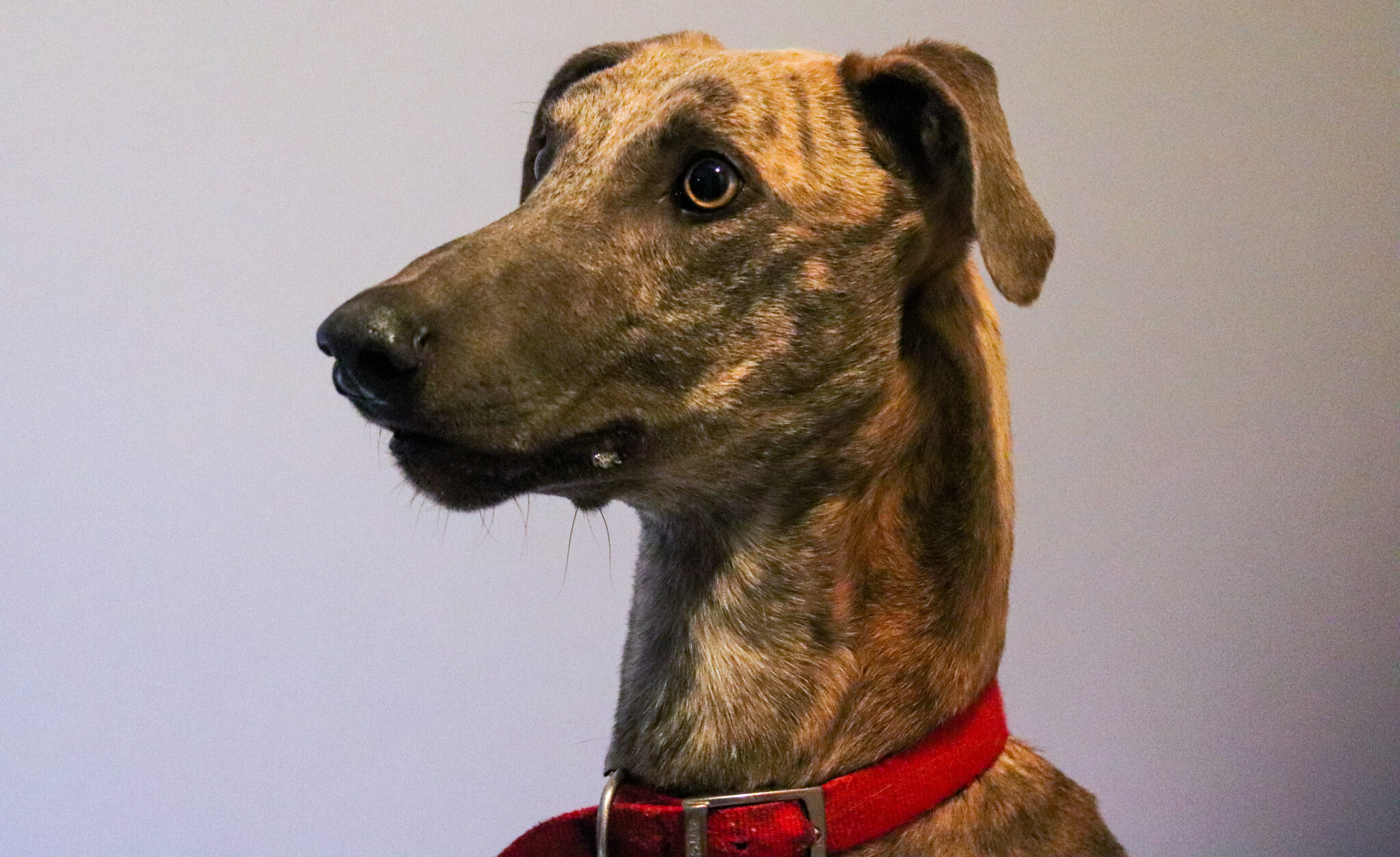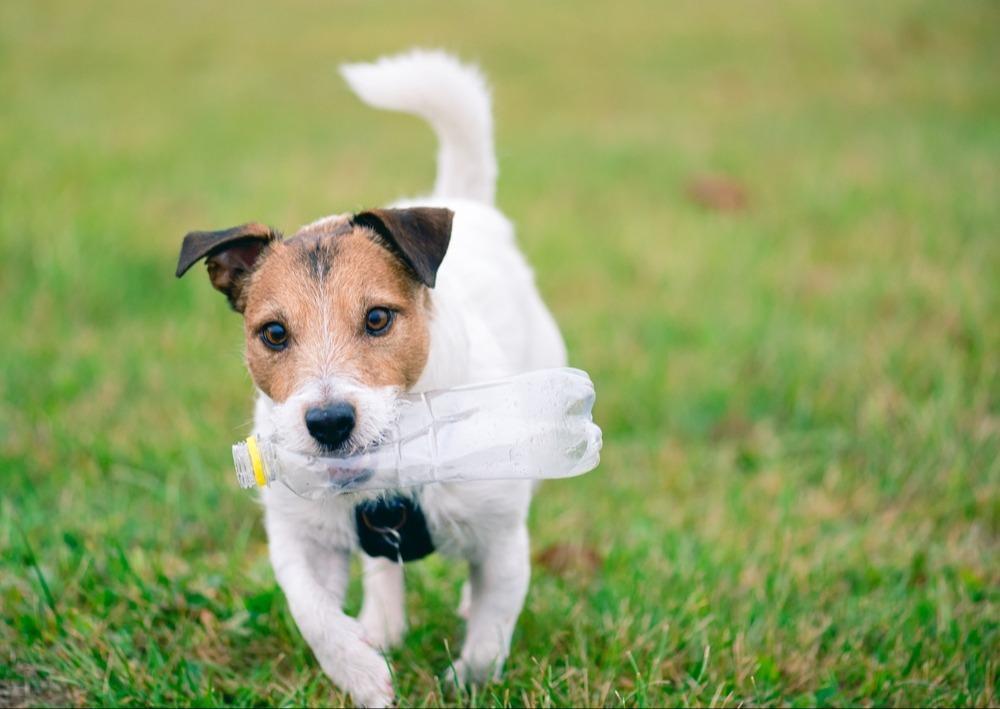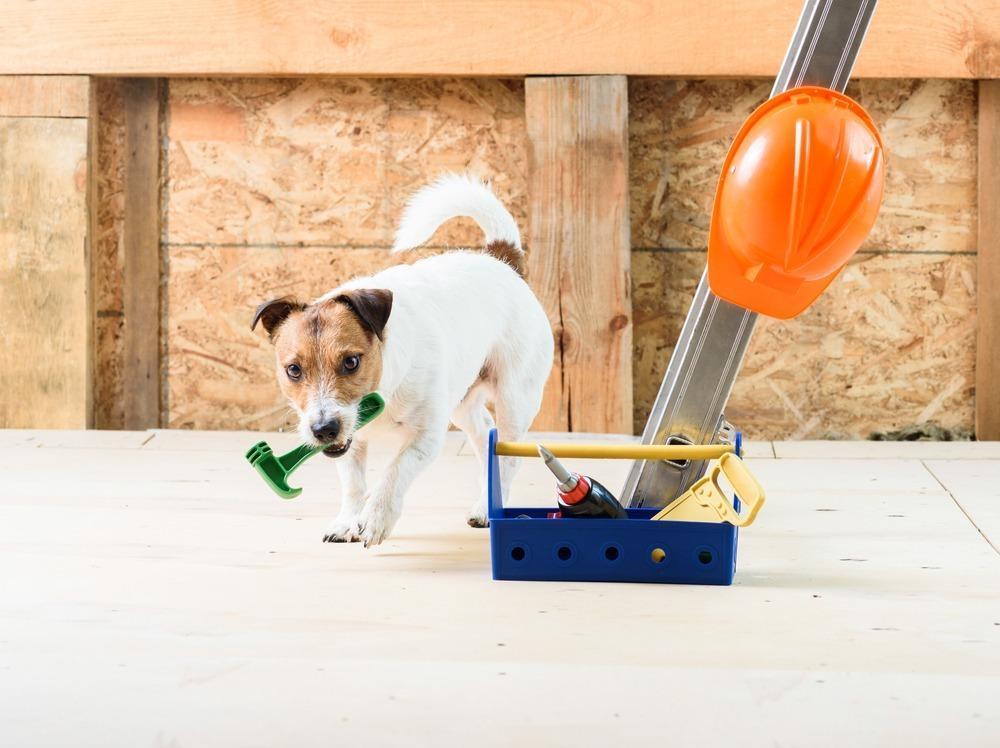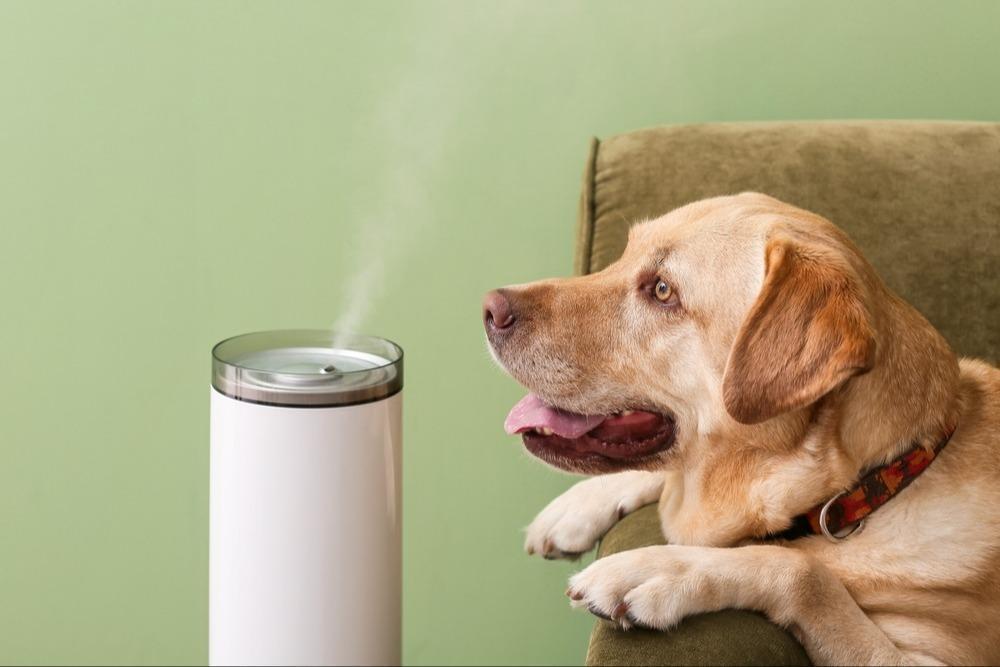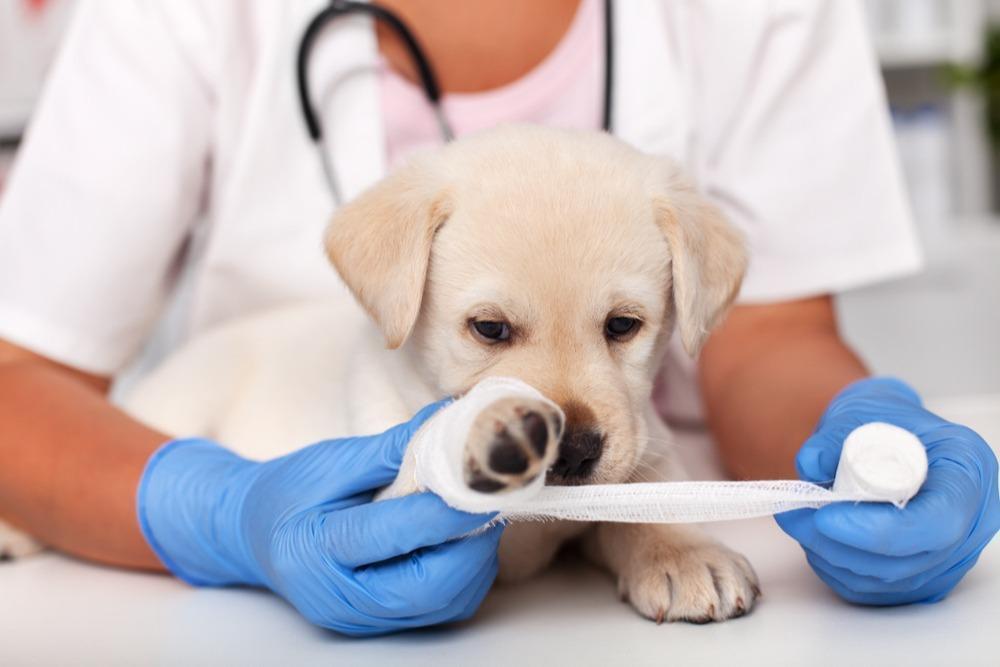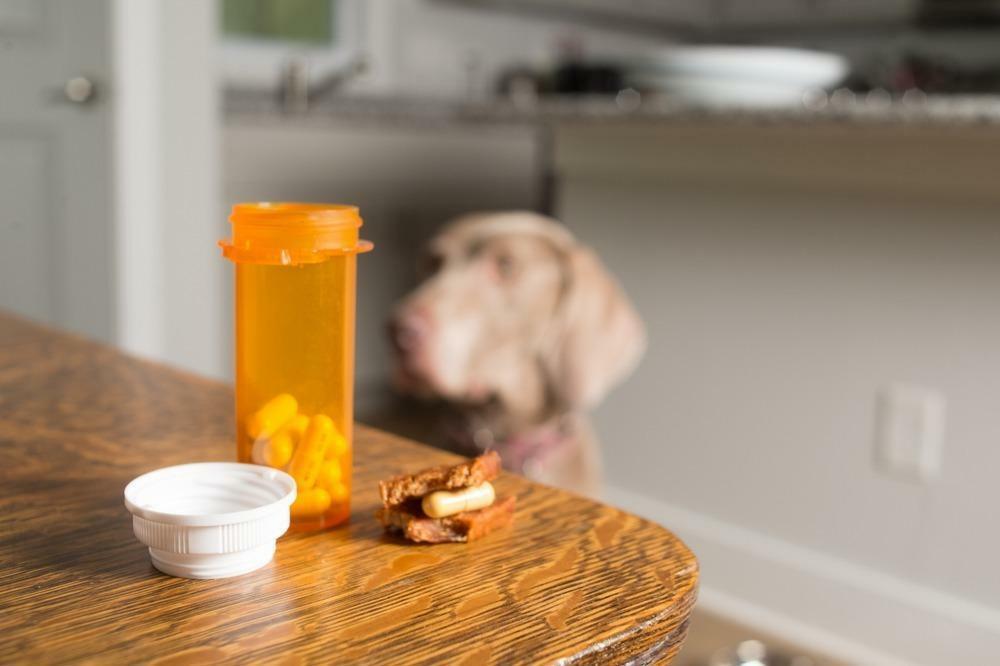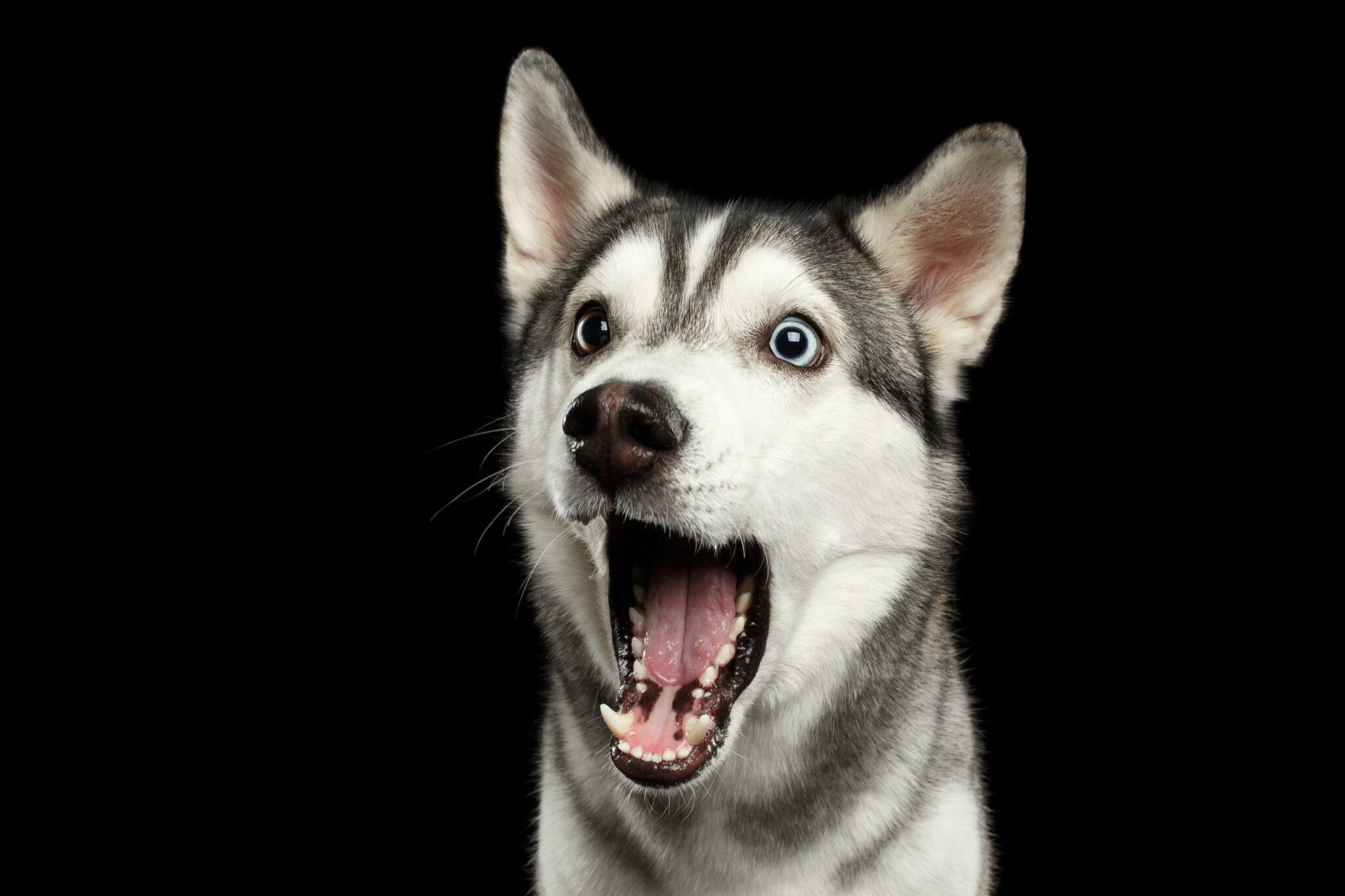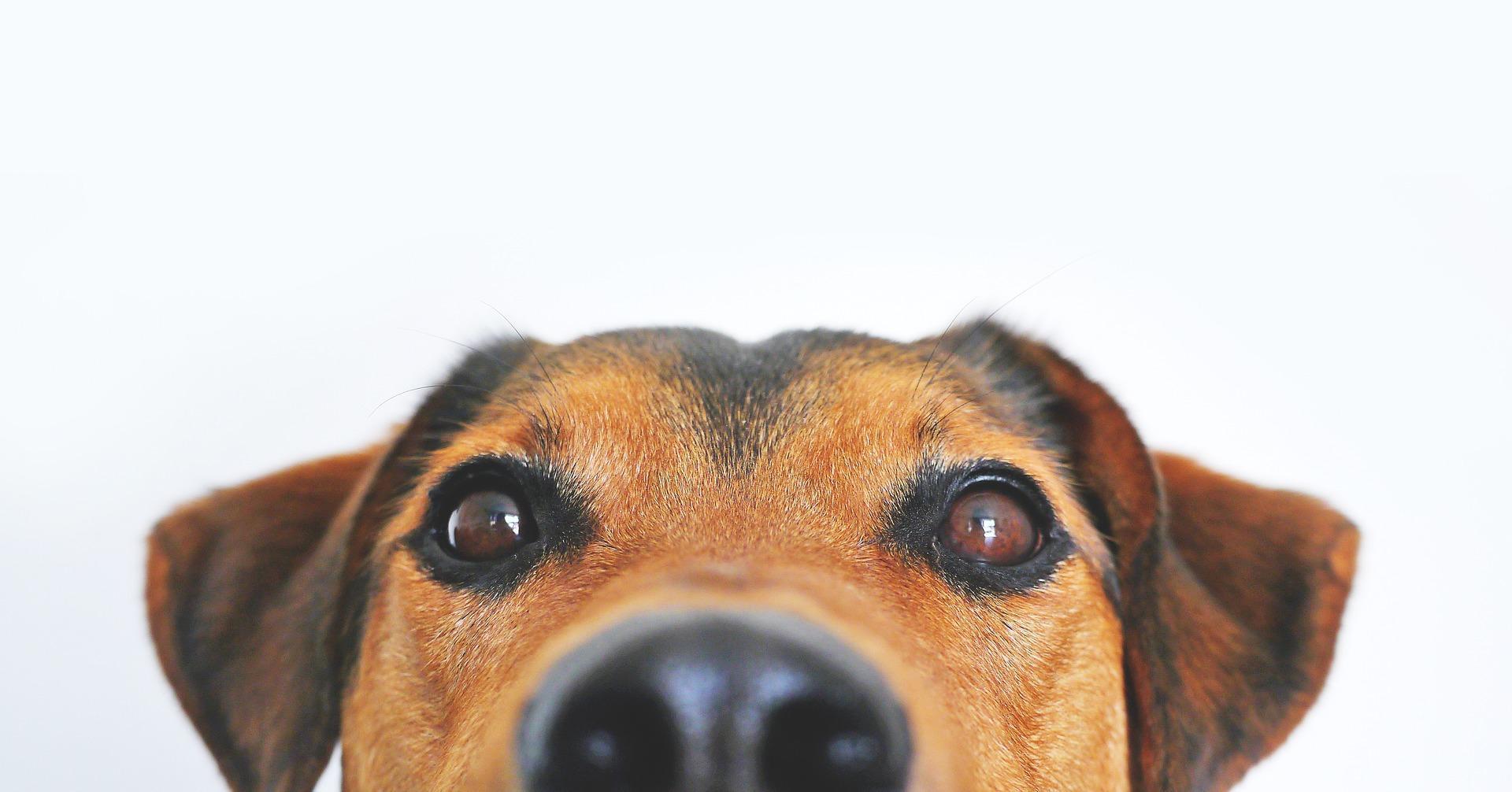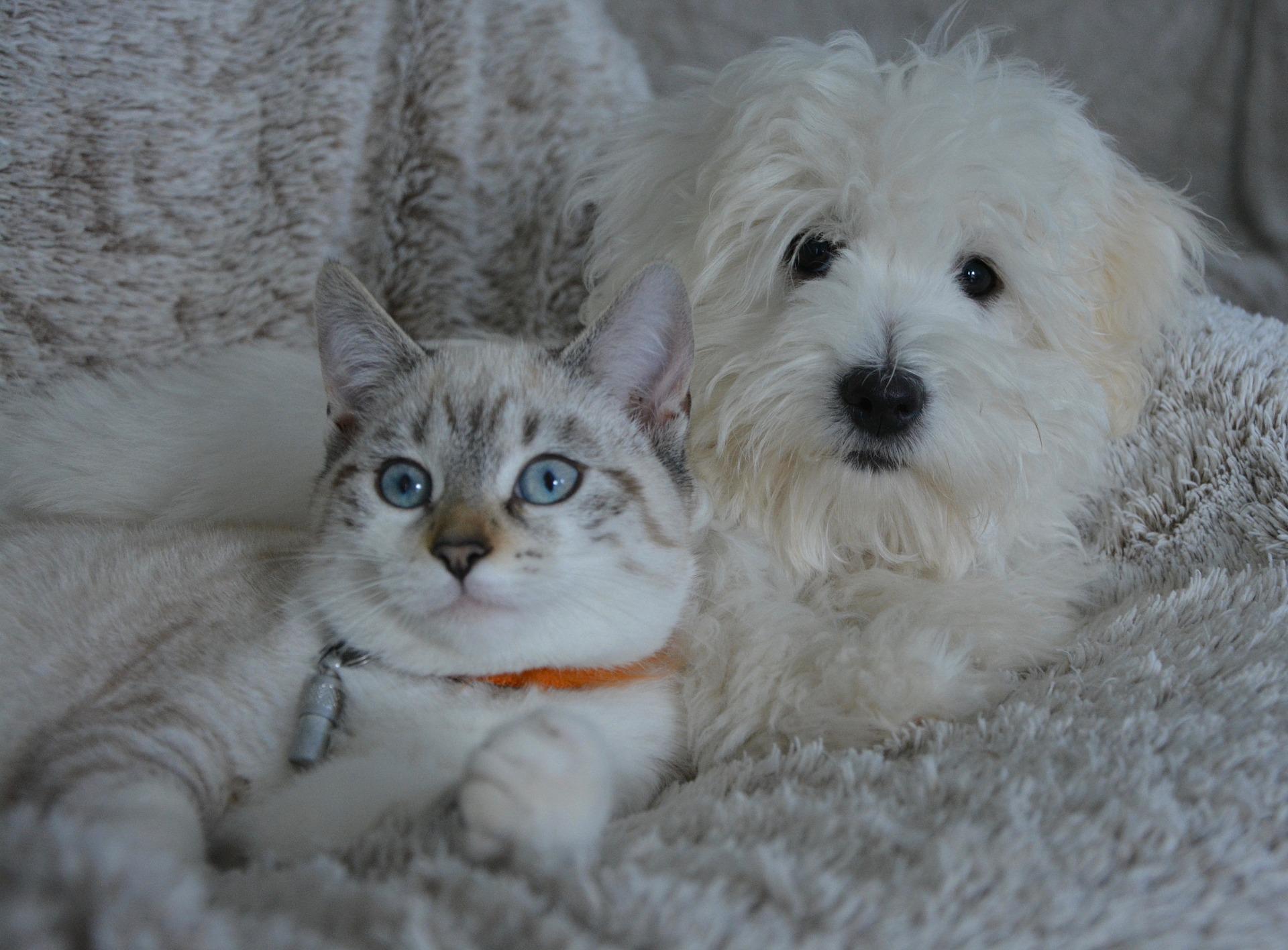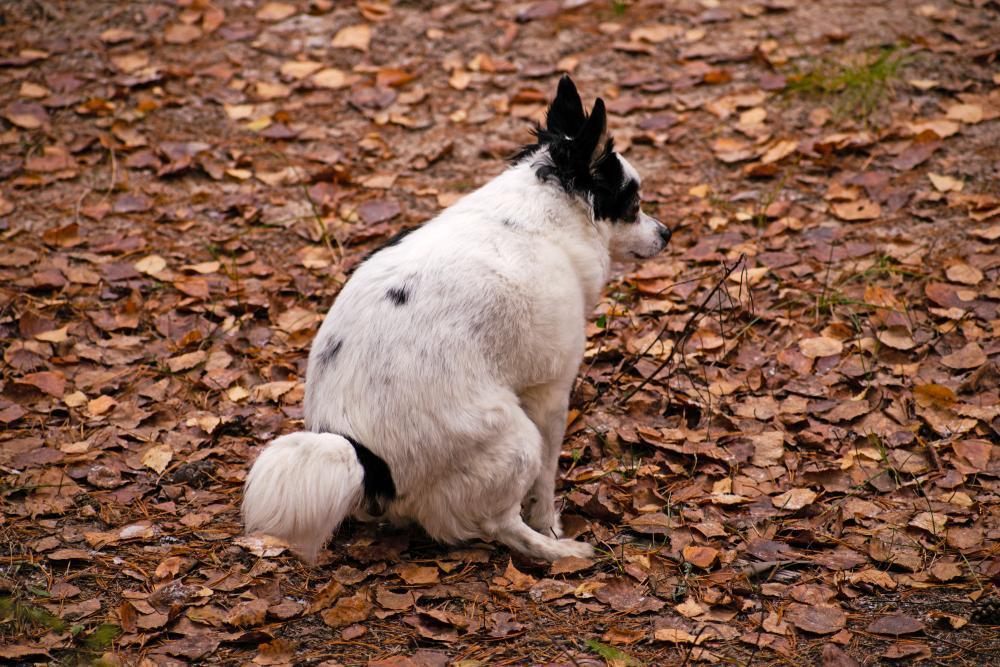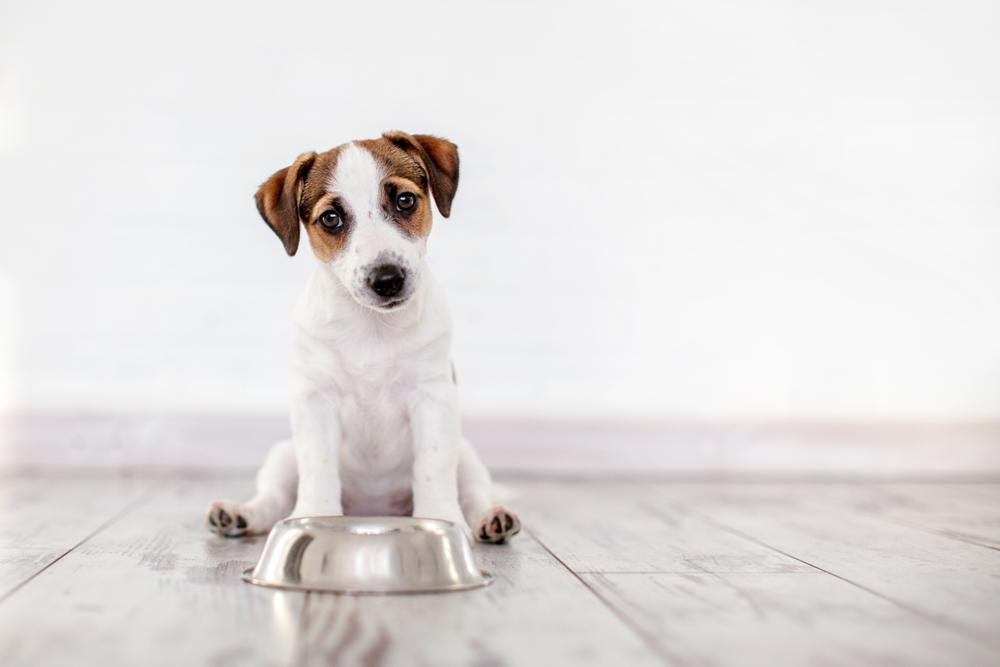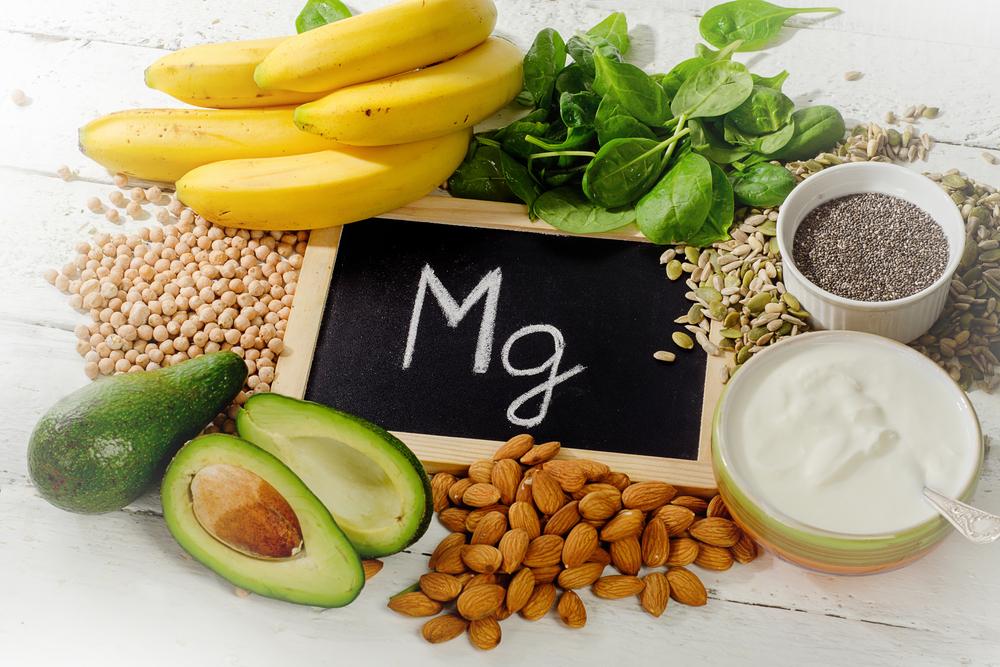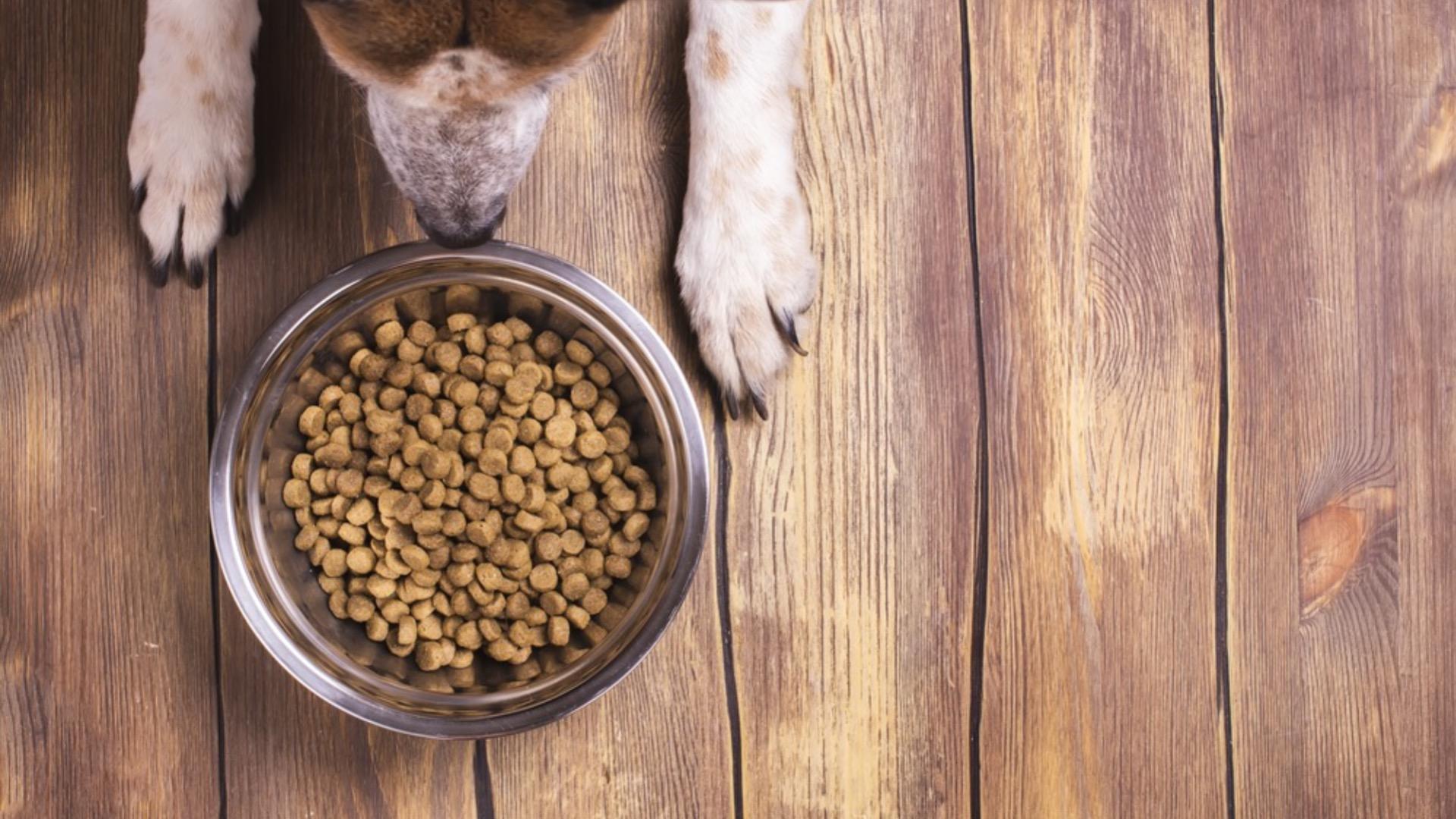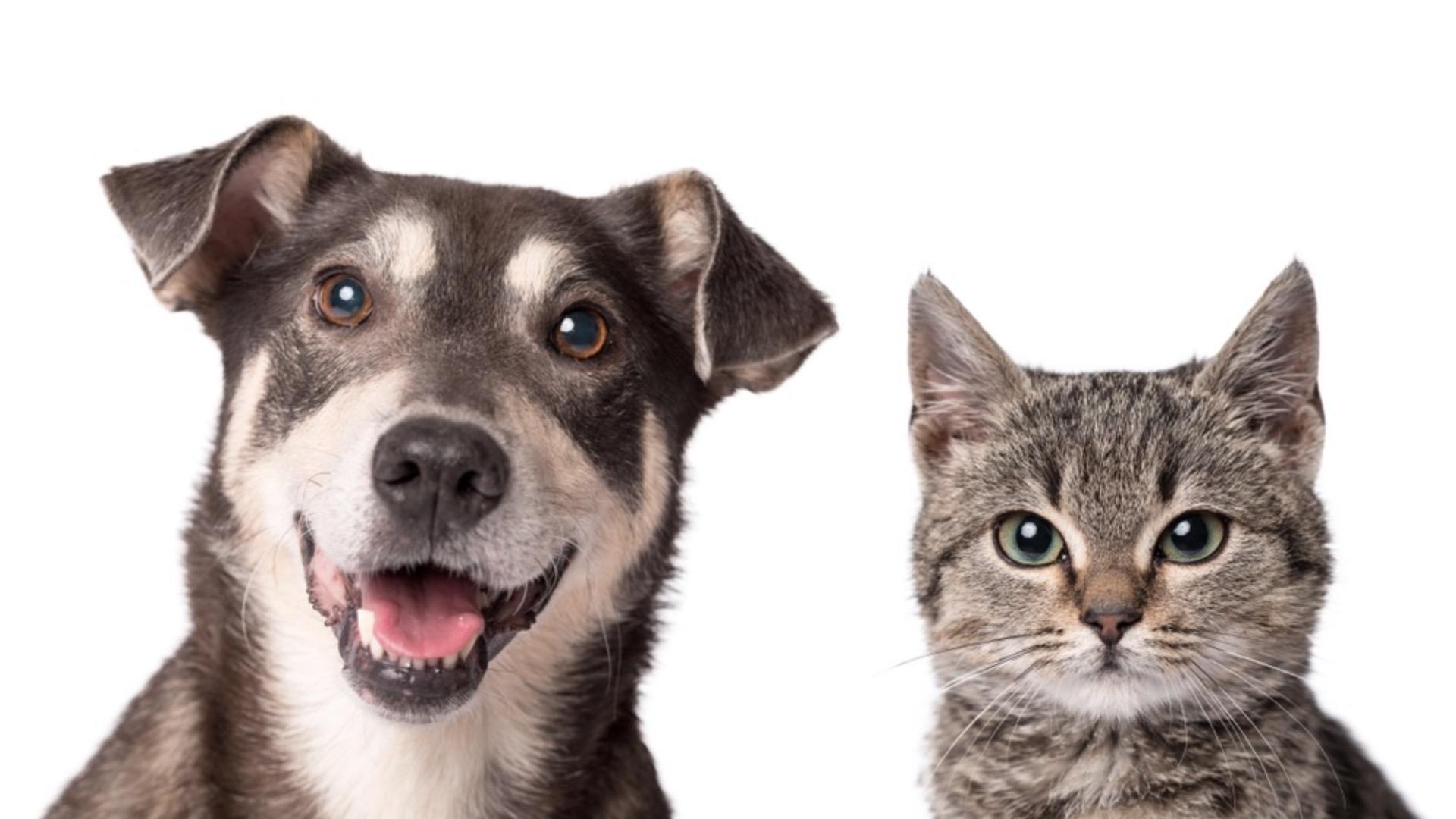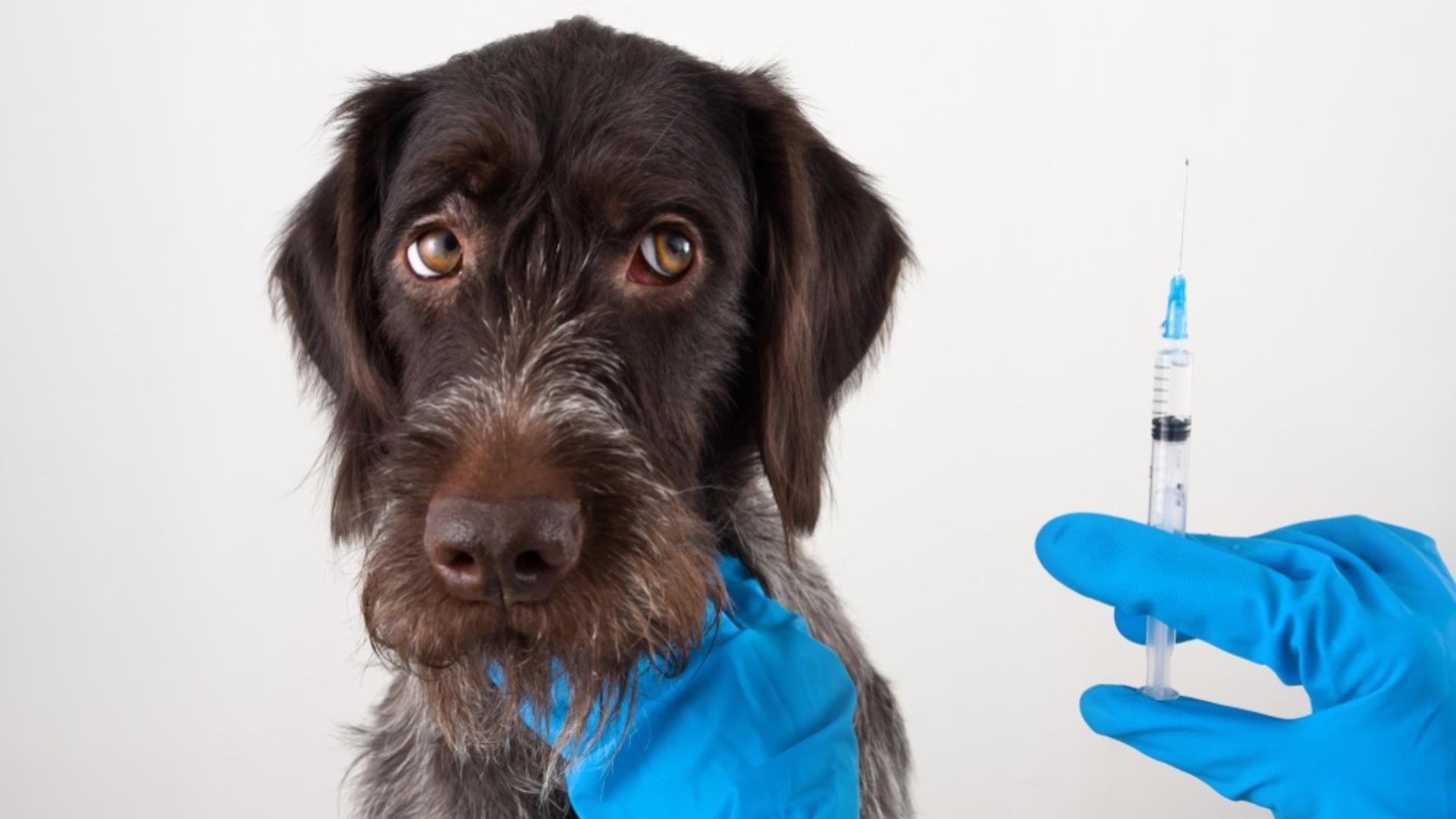Naturally, many pet parents come to us, here at My Pet Nutritionist, having received abnormal blood and urine test results. Abnormal readings in our pets’ results, whether high or low, can be extremely worrying for many of us humans; one of the conditions shown through an abnormally low blood test result, is Hypoglycaemia. This blog looks at what it is, how to spot it, what causes it, what the vet may offer, and how you can support the body through diet and therapeutic supplements.
What is Hypoglycaemia?
If we break down the word ‘hypoglycaemia’ into three parts, we know what this condition entails. ‘Hypo’ means ‘under’ or ‘less’, ‘Glyc’ relates to ‘glucose’ (a monosaccharide carbohydrate; a type of sugar that can be used for energy but must be consumed for it to be present in the body. It is stored as Glycogen), and ‘aemia’ related to ‘blood’. Hypoglycaemia is a metabolic condition diagnosed when your pet has low blood sugar, or low blood glucose readings to be precise!
In healthy dogs, the blood glucose level should be between 3.3 and 6.1mmol/L.
If your pet’s blood results come back having a blood glucose concentration lower than 3.3mmol/L, your pet has hypoglycaemia, and requires medical attention, and may benefit in many cases from a diet change. Which we will discuss later in this blog.
As glucose is one of the main sources of energy, a lack of it can affect various organs in the body, including the brain!
Findings Here
Symptoms of Hypoglycaemia
There are a range of symptoms associated with hypoglycaemia in cats and dogs. If you see any of these symptoms in your pet, seek veterinary assistance as soon as possible! Symptoms you may see include:
- Reduced appetite
- Fatigue and lethargy
- Excessive water consumption (polydipsia)
- Excessive urination (polyuria)
- Reduced coordination, and slow response times
- Rear end weakness, or complete loss of use
- Seizure activity, including mild tremors, involuntary twitching, and full seizures
Neurologically associated symptoms listed above, and reduced willingness to move or exercise are often the earliest signs of hypoglycaemia.
Causes of Hypoglycaemia
So what could cause your pet to get low blood glucose concentration readings? There are two categories we need to look at here – physiological reasons, and pathological reasons.
Let’s start with physiological reasons why your pet’s blood glucose levels may be low:
- Overworking/extreme exercise. This is often referred to as ‘hunting dog hypoglycaemia’, and happens mostly in dogs as opposed to cats, but can happen in cats too! Overworked pets will use all available glucose for energy, then reserves of glucose in the body are diminished, causing the aforementioned symptoms. These dogs often have inadequate glycogen stores for the amount of work they are asked to do.
- Malnutrition. Now, malnutrition can be many things – It can be a lack of appropriate diet, the lack of enough food/calories, or even excess portions/calories. In the case of hypoglycaemia, pets with an inadequate dietary consumption of glucose end up with depleted glycogen stores as they use these for energy.
- Small Stature/Anorexia. Young smaller breed puppies, or juvenile toy breed dogs can be at a greater risk of hypoglycaemia. In cats, anorexia is a possible cause of hypoglycaemia. This is because they have limited muscle mass and body fat, meaning glycogen stores are limited, and blood glucose is used up very quickly.
- Toxicity. Whether it’s toxicity associated with medications/drugs, consumption of xylitol, or other toxic substances, in some cases in both dogs and cats, hypersecretion of insulin occurs, which lowers blood glucose levels. Similarly, if a diabetic pet has been given two doses of insulin too close together, hypoglycaemia may occur.
- Extreme vomiting. This is one of the most common reasons a cat may have low blood glucose concentrations, but is possible in dogs too. As the pet vomits excessively, blood glucose is used, and ultimately this causes depletion of glycogen stores in the body.
Findings Here
Findings Here
Moving onto pathological causes of hypoglycaemia in pets, there are many endocrine and hepatic diseases associated with low blood glucose concentration in pets. Let’s take a look at these:
- Diabetes. This is one of the most common causes of hypoglycaemia in both cats and dogs. When the body produces too much insulin, or the pet is given too much insulin in the event of a hyperglycaemic attack, glucose production is decreased, and hypoglycaemia occurs. You can read more about diabetes in dogs here.
- Severe hepatic disease. Whether your pat has hepatitis, cirrhosis of the liver, neoplasia or any other liver disease, hypoglycaemia is a risk. The liver plays a role in glucose storage, in the form of glycogen – this is called hepatic gluconeogenesis. When the liver is diseased, it is unable to perform this function, leading to low glycogen storage, and therefore, low blood glucose concentration. Both cats and dogs can fall victim to these issues.
- Portosystemic Shunt. This also causes hepatic gluconeogenesis to decrease, as the vein transporting blood to and from the intestines and heart, bypasses the liver. This is seen more commonly in dogs than cats.
- Hypoadrenocorticism (Addison’s Disease). This disease is associated with the endocrine system. The counter regulatory hormone, Cortisol, plays a huge role in keeping glucose levels stable in the bloodstream, however in cases of Hypoadrenocorticism, when the adrenal gland which releases cortisol is unable to do so, glucose production is inhibited. This can happen in both cats and dogs.
- Hypopituitarism. Another endocrine condition, this time affecting the pituitary gland, and it’s ability to release relevant hormones. When the gland is unable to produce and release other counter-regulatory hormones, this time being Growth Hormone and adrenocorticotropic hormone, the glycogen stores are diminished as glucose production is slower than the rate it is being used at. Both cats and dogs can be at risk of this pathway.
- Islet Cell Hyperplasia and Insulinoma. These are two conditions related to the excessive secretion of insulin. Insulin in high amounts makes the body use excessive amounts of glucose, which lowers the blood glucose concentration. These diseases can be seen in both cats and dogs.
- Pancreatic tumours and Pancreatitis. The reasons for pancreatitis being ss trigger of low blood glucose levels are largely unknown, and more studies are needed on this specific area, but tumours in and around this area use glucose to thrive, which diminishes stores of it in the body. The pancreas regulates metabolism, and is involved in the secretion of useful insulin, which can cause dysregulated blood glucose levels.
- Glycogen Storage Disease. In those individuals with Glycogen Storage Disease, whether they are cats or dogs, sadly lack the enzymes required for conversion of glycogen to glucose. As the glycogen is not useful in this form, glucose is not accessible, and therefore not useful, so blood glucose levels reduce.
Findings Here
Findings Here
Findings Here
Diagnosis of Hypoglycaemia
In order to diagnose this condition in both dogs and cats, you will need to go to your veterinarian, who will give the dog or cat a once over for a physical examination. Once the physical examination is complete, the veterinarian will run a glucose concentration test using a device called a glucometer. The veterinarian will take a small drop of blood having pricked the dog’s paw pad or ear to retrieve it, and analyse it using the glucometer, which will take a matter of seconds to run, and the result appear on the screen. As previously mentioned, a reading of less than 3.3mmol/L is considered hypoglycaemic.
Your veterinarian may take a larger sample of blood, particularly from adult dogs and cats in order to run a full blood panel analysis, which will give an indication of any underlying causes for the hypoglycaemia.
A urine sample may also be taken so a urinalysis can be performed, to ultimately rule out kidney of bladder issues.
If cancer is suspected through abnormalities of the aforementioned test results, then an ultrasound scan may be performed too.
Conventional Treatments
When looking at treatments for hypoglycaemia, there are two parts to consider; immediate crisis relief, and long term management.
Crisis Relief
When your pet is in a state of hypoglycaemia, some immediate relief is essential to avoid further major health complications. Rubbing glucose, or high glucose liquid product onto the gums can offer great relief, however this is not fail safe, and if symptoms do not improve, it is essential to seek veterinary attention as soon as possible, where the pet will be admitted, and hooked up to a drip containing a dextrose solution. Blood glucose levels will be monitored throughout treatment, and the pet will be discharged once levels are stable, and within normal range.
Long Term Management
When it comes to long term management of hypoglycaemia, it very much depends on what the underlying cause is, as this will need to be treated. In some cases surgery may be required, in others medication and dietary changes may be required – this very much depends on the cause, and the severity of the condition your pet has been diagnosed with.
Those with recurring hypoglycaemia should run regular glucose level tests at home, to monitor glucose concentration as part of the pet’s management.
Supporting the Body Naturally
In order to keep blood glucose levels stable, feeding a fresh food diet is essential. Processed foods can include ingredients that interfere with liver and kidney function, glucose production and storage, or may even send your pet into a hyperglycaemic state (the opposite of low blood sugar!), however this isn’t relevant for this blog post. Some individuals struggling with low blood glucose levels may require a bespoke cooked food recipe to ensure the amount of glucose consumed is enough, but not too much, to avoid hypoglycaemia. For your bespoke recipe, book in with our nutritionist, Katie, on our
Personalise package.
For those with Hypoglycaemia, protiens and fats are important to keep glycogen stores healthy, and therefore help to keep blood glucose levels steady. You can find our
recipes here.
There are also some supplements which may be of use for general hypoglycaemia, such as:
Fenugreek Seed – this, when given regularly, can aid healthy hepatic (liver) function, and keep insulin levels stable, ultimately helping to stabilise blood glucose levels.
Findings Here
Devil’s Club Root Tea – making a tea from herbal supplements can be a great method of administration! Devil’s Club Root is renowned in the herbal world, for the maintenance of blood sugar levels.
Findings Here
Burdock Root – this herb has liver supporting and blood purifying properties, and is known to help maintain blood sugar levels.
Findings Here
Dandelion Root – the root of the dandelion brings just as many health benefits as it’s leaves! The root is known to be great in support of the pancreas, pancreatic duct, and also the bile duct, which all aid healthy digestion, and reduce the risk of increased blood glucose levels.
Findings Here
Gymneama Leaf – this herb is great for controlling blood glucose levels directly after food is consumed. It also aids pancreatic beta cell regrowth for a healthy pancreas.
Findings Here
Cinnamon – a common spice, often found in your spice rack, hosting some great health benefits. Cinnamon is known to help control blood glucose levels!
Findings Here
Bitter melon – this more unusual find, is suggested to contain a compound which lowers blood sugar levels, so may be a great addition to your pet’s diet if you can get hold of it!
Findings Here
There are a variety of herbs which can help control the body’s blood glucose concentration, but some may be trickier to get hold of, so we have discussed some of those with most benefits, that are easier to source. When picking a herbal supplement, try to aim for a pure product with no bulking or anti-caking agents.
Has your cat or dog ever had a low blood glucose reading on any blood tests they may have had? Hopefully this blog will have covered the important bits you need to know to help your dog keep a stable, healthy blood sugar level! We recommend booking in with one of our team for individual, tailored help for your pet – our Personalise package is ideal!
Team MPN x 
